
Alfa Romeo Brera Coupe engines, drive and performance
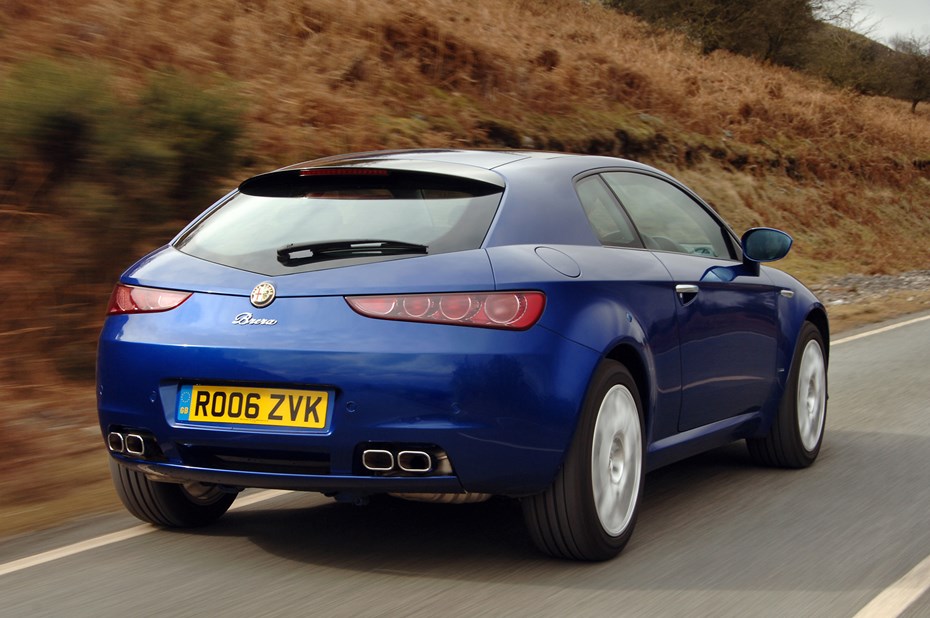
There isn’t a slow Brera, although there is a knack to getting the best out of each engine. The 185bhp 2.2-litre is lively enough, sprinting from 0-60mph in 8.5 seconds, but the 200bhp (in September 2007 the engine was uprated to 210bhp) five-cylinder 2.4JTDm is able to shave a further half-second off the sprint benchmark. However, the diesel suffers a little from turbo-lag low down (feeling sluggish until the turbo kicks in).
It doesn’t really get into its stride until 2000rpm but pulls strongly from then right up to its rev limit. The five-cylinder engine sounds quite sporty when pushed hard, but is quiet most of the time and is barely above tick-over when cruising. The top of the range engine is the 3.2-litre V6 with 260bhp, but although it sounds superb, it lacks a little urgency, especially when pulling from low revs.
Still it’s wonderfully smooth and with a 0-62mph time of 7 seconds (6.8 in the Q4 version) it’s far from sluggish. However like the Brera, it’s happier in steady everyday driving, rather than when pushed hard. The same can be said of the six-speed gearbox which is a little notchy and doesn’t like to be rushed. The Brera will benefit from the latest addition.
It is the 1750 TBi with an output of 200bhp. Performance figures are reasonable, with this variant of the Brera able to get from 0 to 62mph in 7.7 seconds with a top speed of 146mph. However, a similarly powered Audi TT can complete the benchmark dash over one second quicker than this model.
The Brera’s handling doesn’t quite match its superb looks. Grip levels are good but it’s not as agile as rivals like the Audi TT – there’s a little too much body roll and it doesn’t deal well with swift changes of direction. Over rough surfaces it also suffers from kickback through the steering column. A notchy gearchange doesn’t help things either and while the steering is precise, it lacks weight.
As a result the Brera doesn’t feel as engaging as you’d expect from an Italian coupe although the four-wheel drive Q4 versions do improve traction out of slow corners. The S version addresses many of the Brera’s shortcomings and feels far more focussed than the standard car. Available with the 3.2-litre V6 and 2.2-litre JTS engines it features firmer suspension, a lower ride height and better weighted steering.
Neither is any quicker than the standard versions they’re based on but they are far better through corners with precise steering and little bodyroll. Changes to the exhaust system mean that the sportier models also sound better – especially the V6 model with it’s wonderful deep growl. The trade-off is a very firm ride and quite intrusive road noise, especially on motorways.


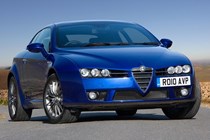
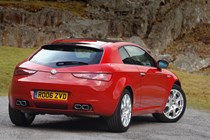
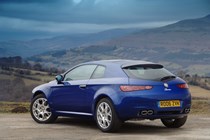
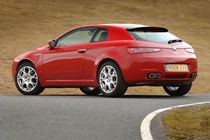
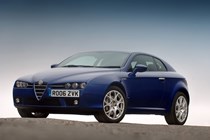
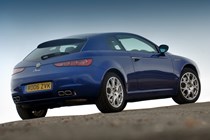
.jpg)
.jpg)
.jpg)
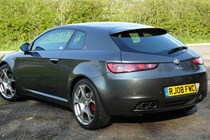
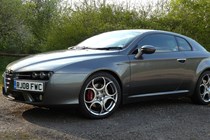
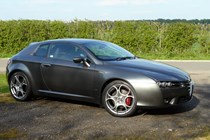
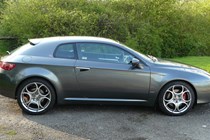
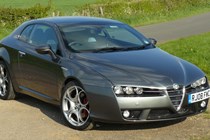

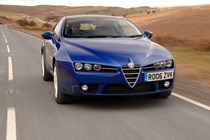
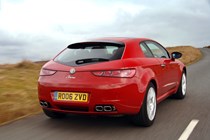
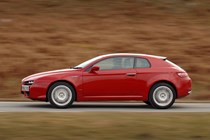
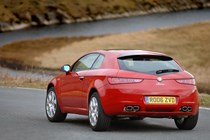
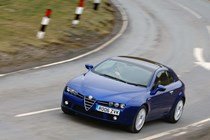
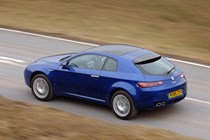
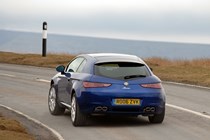
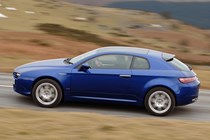
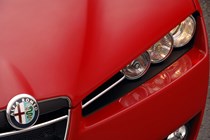
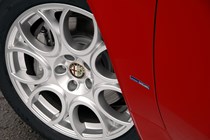
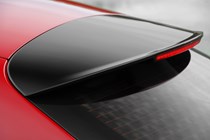
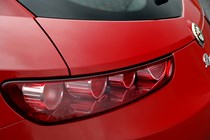
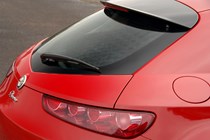
.jpg)
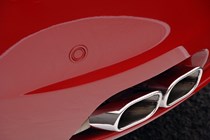
.jpg)
.jpg)
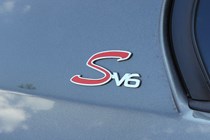
.jpg)
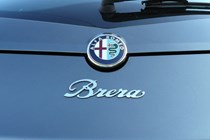
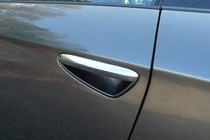
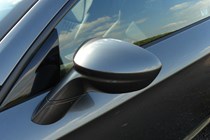
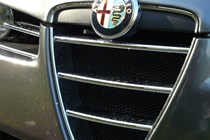
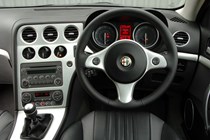
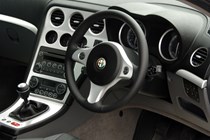
.jpg)
.jpg)
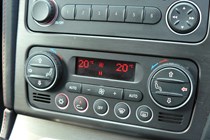
.jpg)
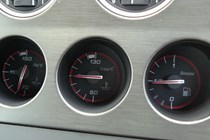
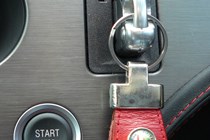
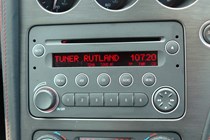
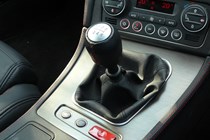
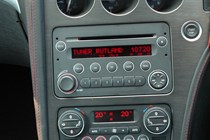
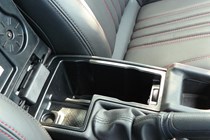
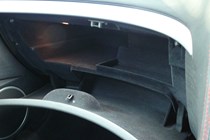

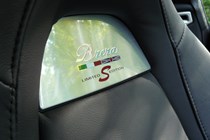
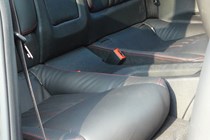
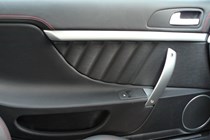
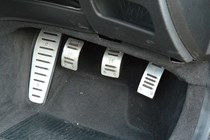
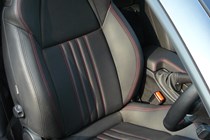
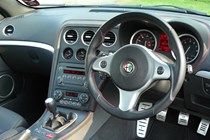
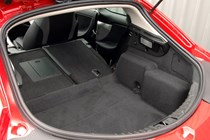
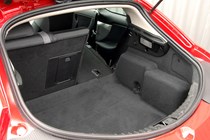
.jpg)
.jpg)
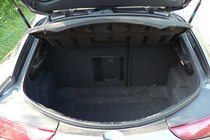
.jpg)
.jpg)
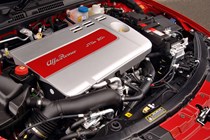
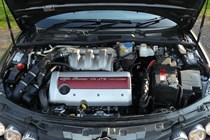






.jpg?quality=50)
.jpg?quality=50)
.jpg?quality=50)



















.jpg?quality=50)

.jpg?quality=50)
.jpg?quality=50)

.jpg?quality=50)






.jpg?quality=50)
.jpg?quality=50)

.jpg?quality=50)
















.jpg?quality=50)
.jpg?quality=50)

.jpg?quality=50)
.jpg?quality=50)

